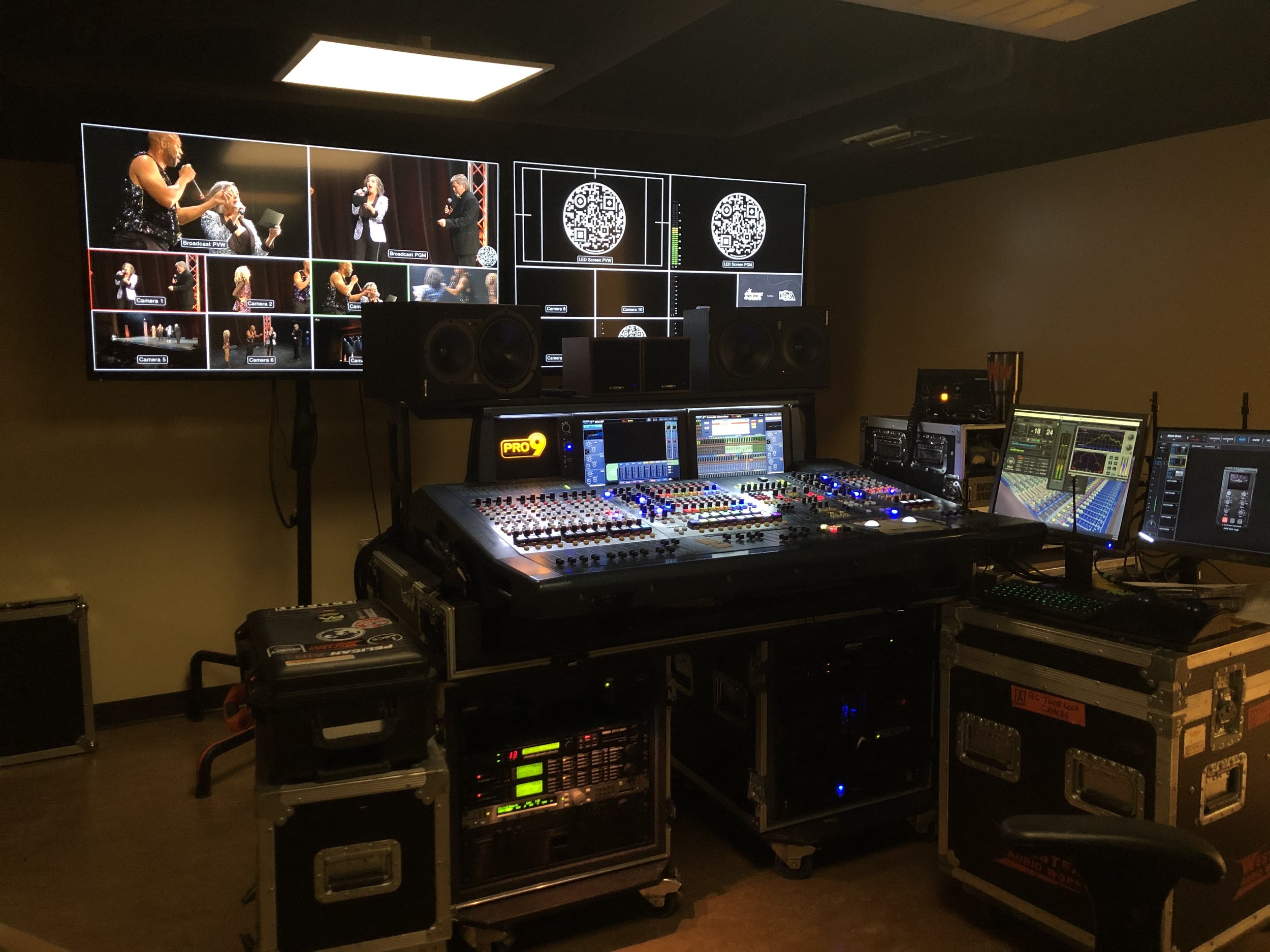Investigating the Evolution of Electronic Signage Tech and Its Impact on Setup Methods
Wiki Article
Digital display solutions has come a long way since its beginning. At first, signs were fixed and needed manual modifications, which could be labor-intensive and demanding. With the progress of technology, digital signage has evolved into a flexible and interactive platform. Currently, screens can exhibit vibrant images, footage, and real-time data, making them more captivating for viewers. This transformation has not only changed how information is displayed but has also transformed the way businesses and organizations interact with their customers.

One of the crucial advancements in digital signage technology is the use of high-definition screens. These displays offer better clarity and hue precision, which improves the overall viewing experience. Additionally, the introduction of LED and LCD technology has made it possible to produce slimmer and lighter displays. This has enabled for more versatile setup options, such as surface installation, suspending, or even freestanding screens. As a result, businesses can select the most suitable configuration that suits their space and audience requirements, making digital signage a flexible answer for various environments.
Another notable advancement is the integration of media administration systems (CMS). These systems enable operators to easily create, plan, and oversee content across multiple displays from a single platform. This capability is particularly advantageous for companies with multiple locations, as it guarantees uniform messaging and branding. Furthermore, many CMS systems offer web-based solutions, enabling off-site access and instant modifications. This means that businesses can quickly react to shifts in information or promotions, keeping their material current and relevant.
The impact of digital signage technology on setup methods cannot be overlooked. With the growth of interactive displays and touch displays, setup has become more complicated. Installers must now consider elements such as cabling, networking, and user interaction. Additionally, the requirement for appropriate installation and positioning is crucial to ensure maximum sightlines and approachability. As a result, professional installation solutions have become more essential, as they bring expertise in both technology and design to create effective digital signage solutions.
In summary, the development of digital signage solutions has significantly influenced installation practices and the way data is shared. With improvements in screen technology, content management systems, and setup blog here methods, companies can develop captivating and impactful signage that captures the attention of their viewers. As digital signage keeps to expand and develop, it will certainly play a vital role in shaping the future of interaction in multiple sectors.